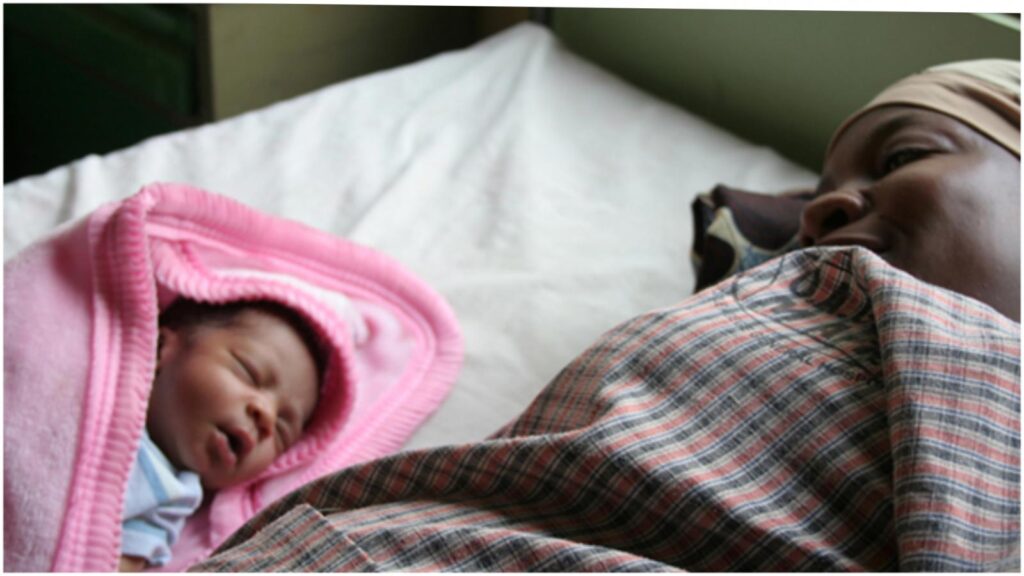
A recent study conducted by the World Health Organization (WHO) and the University of Birmingham has revealed the potential of a new solution called E-MOTIVE to significantly reduce deaths resulting from post-partum bleeding. This breakthrough discovery could have a major impact on reducing childbirth-related fatalities.
Postpartum haemorrhage (PPH) is defined as the loss of more than 500 mL of blood within 24 hours after birth and is the leading cause of maternal mortality worldwide. It affects an estimated 14 million women each year and results in around 70, 000 deaths mostly in low and middle-income countries. However, this new approach to treating postpartum haemorrhage could drastically improve women’s chances of surviving childbirth globally and help them get the treatment they need when they need it.
The study, which involved over 200,000 women in four countries, found that objectively measuring blood loss using a simple, low-cost collection device called a ‘drape’ and bundling together WHO-recommended treatments resulted in dramatic improvements in outcomes for women. The E-MOTIVE package includes early and accurate detection of PPH using a blood-collection drape, complemented by an immediate treatment bundle where indicated, including uterine massage, medicines to contract the womb and stop the bleeding, intravenous fluid administration, an examination and, when needed, escalation to advanced care. All components of the E-MOTIVE intervention can be performed by midwives.
Severe bleeding, when a woman loses more than a litre of blood after birth, was reduced by 60 per cent and women were less likely to die. There was also a substantial reduction in the rate of blood transfusions for bleeding, which is of particular importance in low-income countries where blood is a scarce and expensive resource.
Currently, a major challenge in responding to PPH is that it is often detected too late to respond effectively. Most providers use visual inspection to assess bleeding, which tends to underestimate blood loss and can lead to life-threatening delays in treatment. When treatment is provided, this is typically done in a sequential manner with gaps between each intervention – costing more time if the first options are not effective.
The recommended E-MOTIVE package includes early and accurate detection of PPH using a blood-collection drape. This is complemented by an immediate treatment bundle where indicated, including uterine massage, medicines to contract the womb and stop the bleeding, intravenous fluid administration, an examination and, when needed, escalation to advanced care. In the trial, the E-MOTIVE intervention was supported with an implementation strategy consisting of specific training, PPH trolleys or carry cases, engagement of local champions, audits, and feedback.
“This new approach to treating postpartum haemorrhage could radically improve women’s chances of surviving childbirth globally, helping them get the treatment they need when they need it,” said Prof. Arri Coomarasamy, who led the trial and is the co-director of the WHO Collaborating Centre on Global Women’s Health at the University of Birmingham.
This research responds to one of the top research priorities identified by more than 130 experts from over 50 countries at the first Global Summit on PPH convened by WHO and HRP in March this year.
The summit marked the start of a collaborative global initiative aiming to substantially reduce the burden of PPH and its consequences in low- and middle-income countries. Postpartum haemorrhage is scary, not always predictable, but absolutely treatable and its impacts around the world are tragic. No woman should fear for her life when giving birth. Effective solutions to tackle postpartum bleeding need to be available and accessible so that all women can experience a safe birth and a healthy future with their families.

